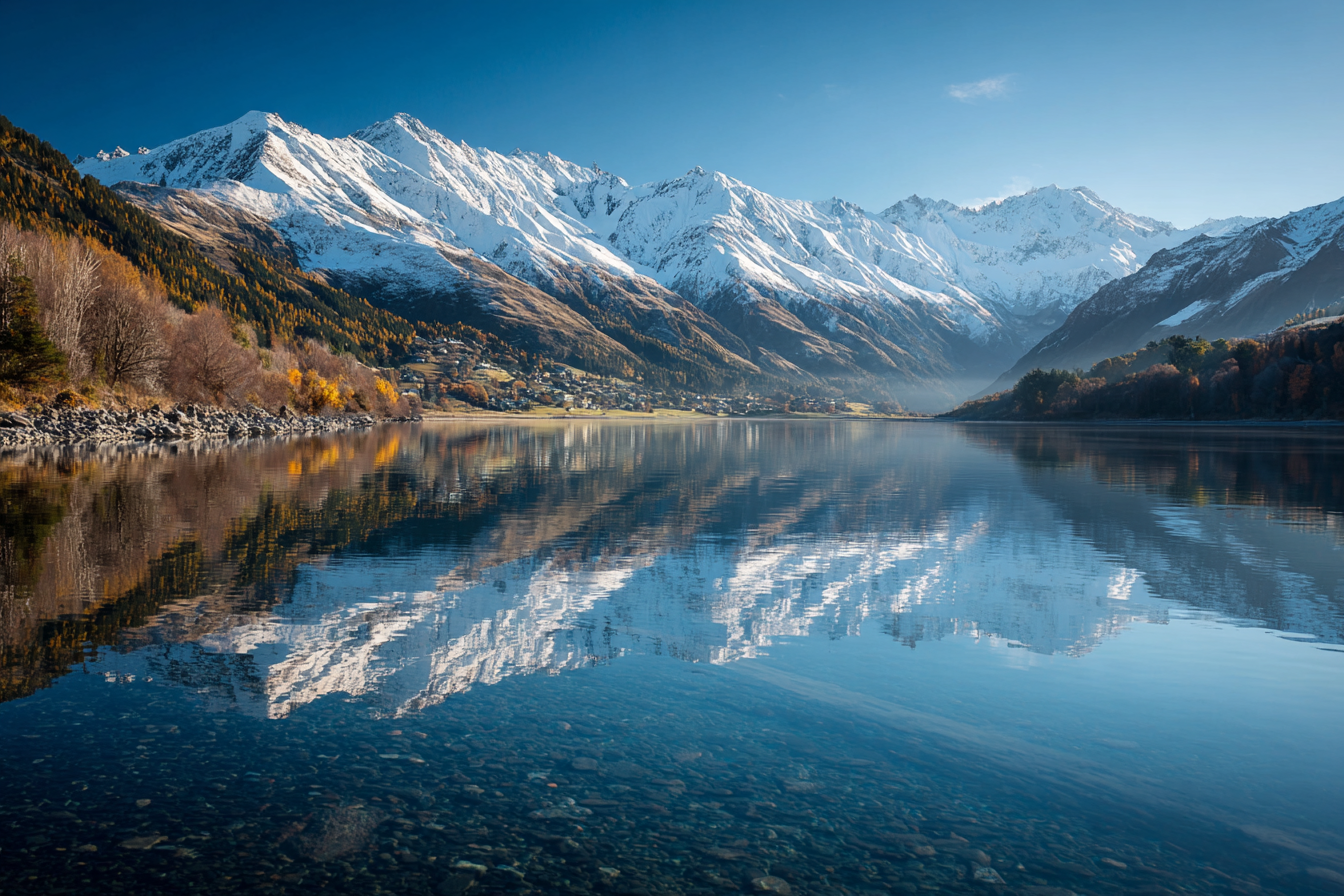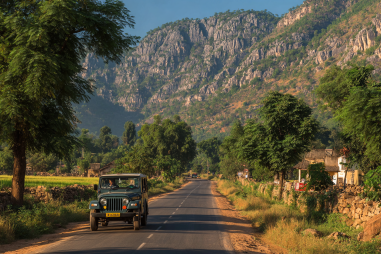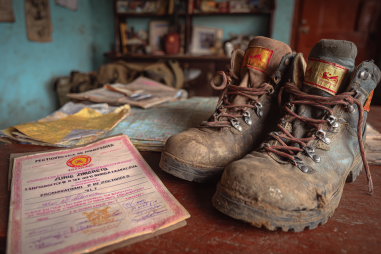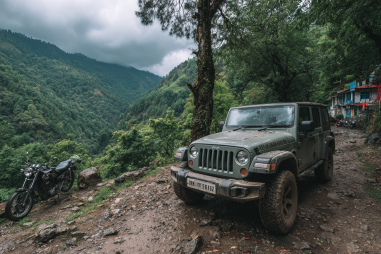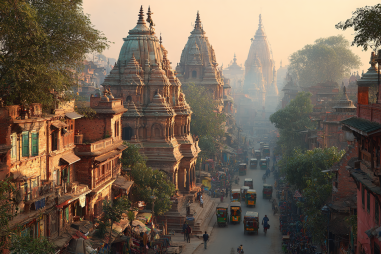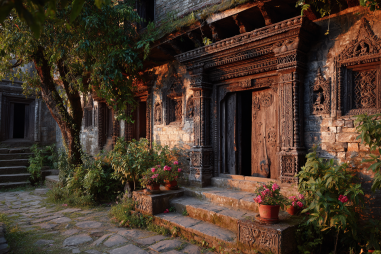Pokhara, nestled in the heart of Nepal, is renowned for its stunning natural beauty and as the gateway to the Annapurna mountain range. Whether you’re an avid trekker, a nature enthusiast, or simply looking for a peaceful getaway, understanding Pokhara’s weather and climate is crucial to making the most of your visit. From vibrant seasonal changes to weather patterns that affect trekking and sightseeing, this guide will help you plan your trip perfectly, highlighting the best times to visit, what to pack, and tips to navigate the climatic shifts.
Overview of Pokhara’s Climate Zones
Pokhara lies in the subtropical zone of Nepal, which gives it a moderate climate compared to the harsher extremes found in the high Himalayas or the southern plains. The city is situated at an elevation of about 827 meters (2,713 feet), surrounded by lush hills and the snow-capped peaks of the Annapurna range. This elevation ensures the temperature remains comfortable throughout the year, but it can still vary widely depending on the season.
The climate of Pokhara can generally be divided into four major zones or seasons:
- Summer (Pre-monsoon): Warm temperatures with rising humidity.
- Monsoon: Heavy rainfall and lush greenery.
- Autumn (Post-monsoon): Clear skies and moderate temperatures.
- Winter: Cool to chilly temperatures, especially at night.
Each season brings its own charm and challenges, influencing the landscape, local festivals, and travel experiences.
Seasonal Weather Patterns: Summer, Monsoon, Winter, Spring
Summer (March to May)
Summer in Pokhara is marked by warming temperatures that can range between 20°C (68°F) in the early mornings to around 30°C (86°F) during the day. This pre-monsoon period is generally sunny with increasing humidity, making the atmosphere somewhat sticky. It is a great time for those who enjoy lush green valleys and blossoming flowers, though the heat can be intense by mid-May.
Monsoon (June to September)
Monsoon season brings heavy and frequent rainfall to Pokhara. The region often experiences sudden downpours that can last for hours, making the weather unpredictable. Temperatures are cooler than summer, usually between 18°C to 26°C (64°F to 79°F). The hillsides turn vividly green and rivers swell, but trekking can become risky due to slippery trails and potential landslides. This period is less crowded for tourism but ideal for witnessing the dramatic transformation of the natural scenery.
Autumn (October to November)
Autumn is often referred to as the best season to visit Pokhara. Clear blue skies, cool temperatures ranging from 12°C to 25°C (54°F to 77°F), and low humidity make it perfect for outdoor activities. The air is crisp, and the panoramic views of the Annapurna range are the clearest during this time. It’s also a festival-rich period, enhancing the cultural experience.
Winter (December to February)
Pokhara’s winters are relatively mild compared to the mountainous regions, but the nights can get quite cold with temperatures sometimes dropping below 5°C (41°F). Daytime temperatures hover between 10°C and 20°C (50°F to 68°F). The weather is mostly dry and sunny, but mornings often see fog that can blur the mountain views. Winter is quieter and best for travelers who prefer cooler temps and less crowded spots.
Impact of Weather on Trekking and Sightseeing
Weather plays a significant role in what activities you can enjoy in Pokhara and its surroundings. During the dry seasons—especially autumn and spring—the trails are in excellent condition, and visibility is at its peak. This makes these times optimal for trekking, paragliding, boating on Phewa Lake, and exploring the city’s natural and cultural sites.
In contrast, the monsoon season makes trekking challenging due to slippery and muddy paths, increased chances of landslides, and generally poor visibility. Many trekking agencies actually close down commercial treks during heavy monsoon rains for safety reasons. Sightseeing might also be limited on rainy days, but the greenery and waterfalls become spectacular.
Winter, despite the cooler temperatures, offers great trekking opportunities with fewer tourists on the trails. The crisp, clear air enhances mountain views, but layering clothing is essential to stay warm, especially in the mornings and evenings.
Best Months to Visit Pokhara
Choosing the best month to visit Pokhara depends on your preferences for weather and activities. Generally, the two ideal travel windows are:
- September to November: Post-monsoon season with clear skies and pleasant temperatures, perfect for trekking and sightseeing.
- February to April: Spring season when flowers bloom and the weather warms up, great for adventure activities and cultural exploration.
For travelers interested in avoiding crowds and experiencing the lush beauty of the monsoon, June to August can be intriguing but demands flexibility in plans and preparedness for rain. Winter months, December and January, work well for those who prefer cooler weather and quieter surroundings.
Packing for Different Seasons
Packing wisely according to the season will help ensure a comfortable trip:
- Summer and Spring: Lightweight clothes, breathable fabrics, sunglasses, sunscreen, and a hat to combat the sun. A light rain jacket is useful in spring as pre-monsoon showers can occur.
- Monsoon: Waterproof clothing, sturdy waterproof trekking boots, quick-dry garments, and rain covers for your backpack. Umbrellas and mosquito repellent are essential.
- Autumn: Moderate clothing with layers to adjust to changing temperatures. A warm jacket for evenings and early mornings is advisable.
- Winter: Warm layers including thermal wear, fleece or down jackets, gloves, scarves, and a woolen hat. Comfortable closed shoes and socks to protect against cold are a must.
Weather-Related Travel Tips
- Monitor Weather Forecasts: Always check local weather reports during your stay, especially if you plan to trek or travel to remote areas.
- Stay Hydrated: Higher altitudes and warmer periods can lead to dehydration, so keep a water bottle handy.
- Plan Flexibly: During monsoon or winter months, be prepared for sudden weather changes that might delay or alter your travel plans.
- Use Local Guidance: Weather in mountainous areas can be unpredictable. Hiring local guides or joining guided groups enhances safety, especially on long treks.
- Protect Your Gear: Use waterproof bags and zip-lock packs for electronics and important documents.
Local Festivals and Seasons
Pokhara’s climate deeply influences its vibrant cultural calendar. Festivals often coincide with seasonal changes:
- Dashain (Autumn): This is Nepal’s biggest festival and aligns with the post-monsoon dry season. Clear weather allows for big celebrations, family gatherings, and outdoor activities.
- Tihar (Autumn): Known as the festival of lights, it follows soon after Dashain and is celebrated with colorful decorations and fireworks under crystal-clear skies.
- Maghe Sankranti (Winter): This mid-January festival marks the end of winter and the return of longer days, celebrated with traditional foods and rituals.
- Holi (Spring): The joyful festival of colors coincides with warming temperatures, making it perfect for outdoor festivities.
These festivals provide a great cultural experience and are weather-dependent, so aligning your visit with them might enrich your travel experience.
Embracing the Rhythms of Pokhara
Understanding Pokhara’s weather and climate patterns is more than just a travel necessity—it’s an opportunity to embrace the rhythms of this gorgeous Himalayan city. Whether you’re drawn by the clear autumn vistas, the vibrant monsoon greenery, or the crisp winter mornings, each season offers a unique perspective and experience.
By planning your trip with knowledge of the climate, packing accordingly, and respecting local weather advice, you can enjoy all that Pokhara has to offer safely and comfortably. From paddle boating on Phewa Lake under a bright spring sun to trekking the Annapurna trails in perfect autumn weather, the right timing makes all the difference. So pack your bags, check the forecast, and get ready to explore one of Nepal’s most beautiful jewels at the ideal time for you.

